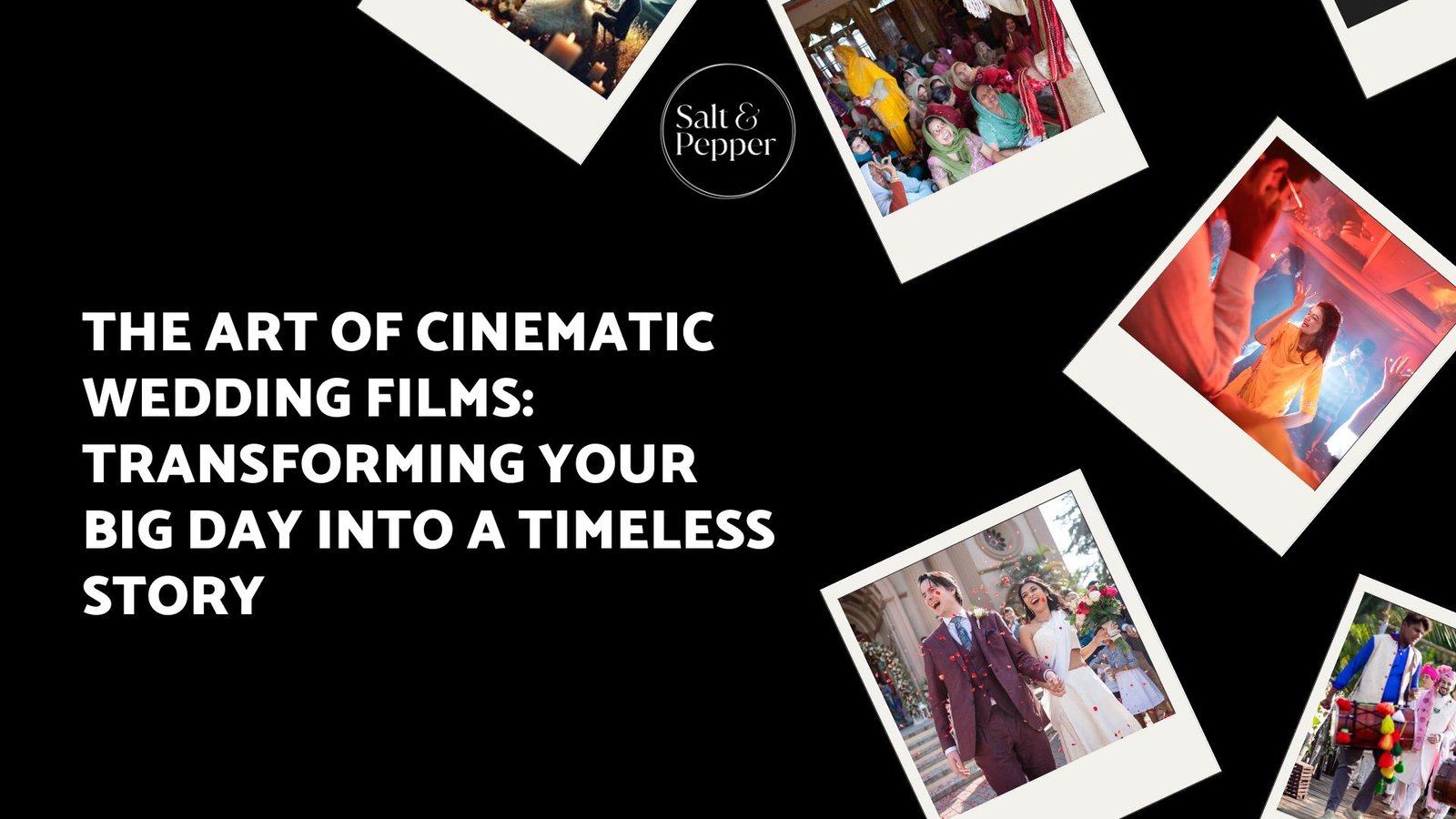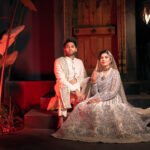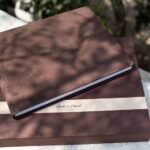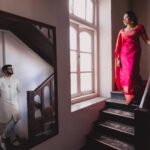A new era has begun in the world of wedding celebrations—an era where cinematic wedding films have changed the way we remember our most precious moments. Unlike traditional wedding videography, which often feels like a simple recording, cinematic wedding videography offers an immersive experience. It brings storytelling to life through stunning visuals and emotions that stay with us long after the film ends.
What makes cinematic wedding films different?
- Storytelling: Every couple has a unique story to tell. Just like filmmakers, cinematic wedding videographers use voiceovers, carefully selected music, and deliberate pacing to craft these stories.
- Artistic Visuals: Picture breathtaking drone shots, soft golden-hour lighting, and beautifully composed frames that rival your favorite movies.
- Emotional Impact: These films go beyond capturing events—they freeze moments of unspoken glances, laughter, and tears, creating a living memory that evokes feelings with every watch.
As couples search for more meaningful ways to remember their weddings, the evolution of wedding videography has made cinematic films one of the most popular styles. In this article, we’ll break down what cinematic wedding videography really is—its core elements that set it apart from other styles—and share insights from our Salt and Pepper studio. Our aim is to help you find the perfect cinematic wedding videographer for your special day so that your love story can be preserved as an everlasting film.
Understanding Cinematic Wedding Films
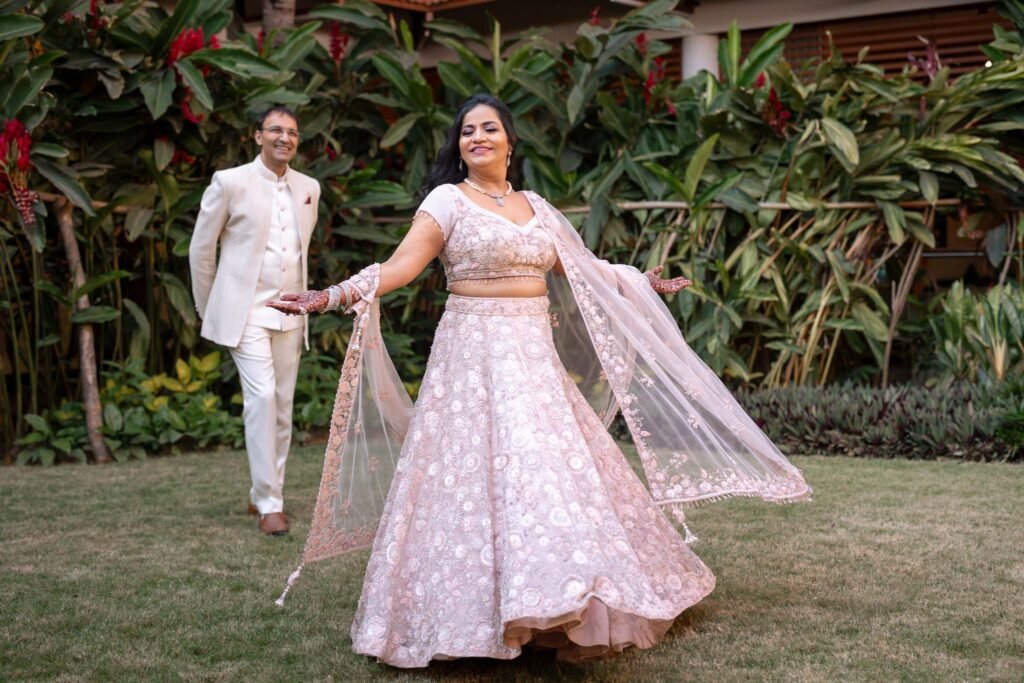
Definition of Cinematic Wedding Films
A cinematic wedding film goes beyond traditional wedding videos. While standard videos just record events, these films tell a story using artistic visuals and deep emotions. What makes them different is their focus on storytelling, transforming a sequence of events into an engaging narrative that holds the audience’s attention.
Elements of Cinematic Storytelling
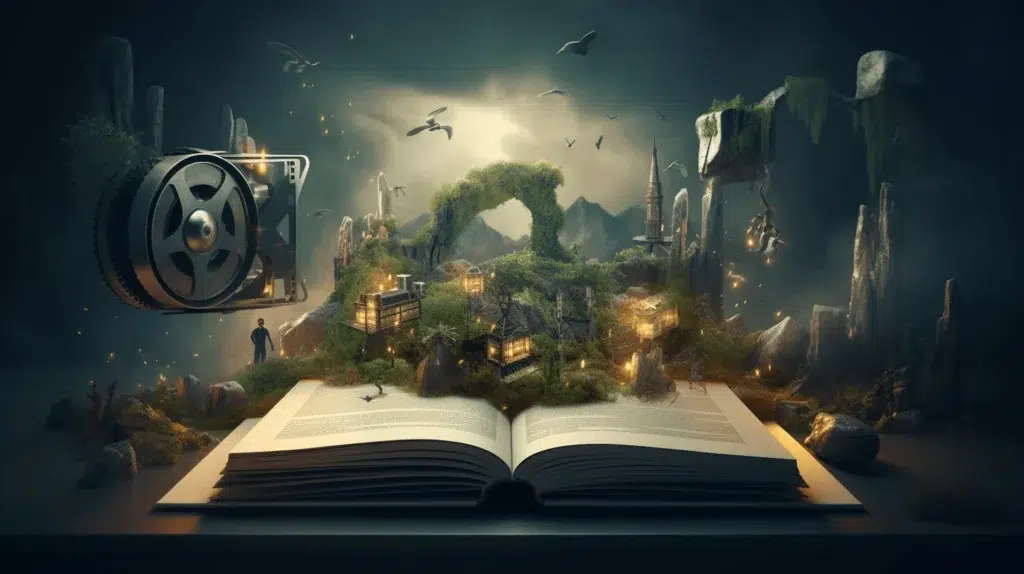
Key elements that contribute to a captivating cinematic wedding film include:
- Well-crafted Story Arc: Every love story is unique, and a cinematic wedding film captures this by structuring the video with a beginning, middle, and end. This narrative arc might start with the anticipation and excitement of getting ready, follow through to the emotional vows at the ceremony, and conclude with the joyous celebration at the reception.
- Stunning Visuals: Advanced filmmaking techniques such as drone shots for breathtaking aerial views, slow-motion sequences to highlight emotions, and creative framing add a layer of artistry to the film. These visuals are not just beautiful but also serve to enhance the storytelling.
- Authentic Moments: Genuine reactions and candid interactions between the couple and their guests are crucial. These authentic moments are often captured unobtrusively by skilled videographers who know when to step back and let the scene unfold naturally.
Emotional Engagement in Wedding Videography
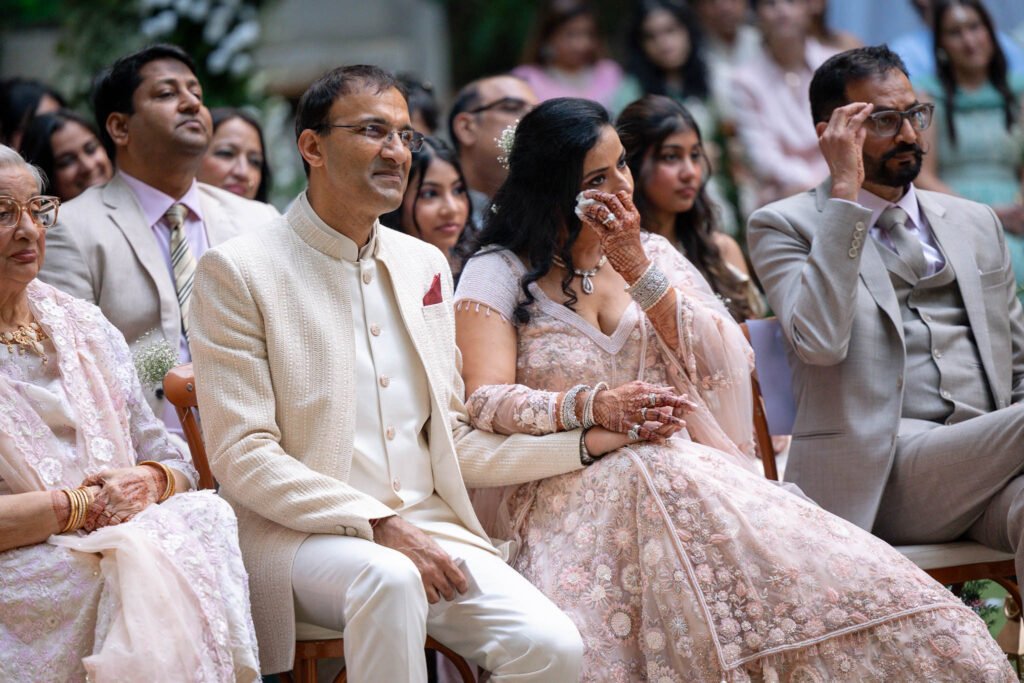
The essence of an unforgettable cinematic wedding film lies in its emotional engagement. It’s about more than just recording events; it’s about capturing feelings—joy, love, anticipation, and even tears.
When we watch these films, we want to feel like we’re reliving those moments. Skilled videographers achieve this through:
- Music: Carefully chosen soundtracks that resonate emotionally can amplify the impact of visuals. A soft piano piece during intimate vows or an upbeat song during dance sequences can evoke powerful responses from viewers.
- Voiceovers: Incorporating speeches, vows, or personal messages as voiceovers helps ground the narrative in real emotions personalized to the couple’s story.
- Pacing: The tempo at which scenes unfold plays a critical role in maintaining viewer engagement. A well-paced film balances fast and slow moments, reflecting the natural flow of emotions throughout the day.
Cinematic wedding films offer a rich tapestry of sensory experiences—each frame meticulously crafted to evoke emotion and tell a story that feels both timeless and intimately personal. By focusing on narrative-driven approaches combined with advanced filmmaking techniques, these films not only document but also celebrate one of life’s most meaningful days.
The Creative Process Behind Cinematic Wedding Films
Creating a cinematic wedding film is a careful and artistic process, similar to making a feature-length movie. Every stage of the journey, from planning before the event to editing after it’s over, plays a vital role in turning a couple’s special day into an everlasting story.
Step-by-Step Breakdown
Pre-Production Planning:
- Consultation and Concept Development: Understanding the couple’s vision, preferences, and love story is the foundational step. This involves detailed discussions about themes, important moments, and any special requests.
- Location Scouting: Visiting the wedding venue(s) beforehand helps identify the best spots for filming, considering lighting conditions and scenic backdrops.
- Storyboard Creation: Outlining the key scenes and sequences ensures a cohesive narrative flow and helps visualize how the day will unfold on screen.
Production:
- Filming the Event: This stage involves capturing everything from intimate preparations to grand ceremonies. Using multiple cameras and angles ensures all essential moments are documented.
- Cinematographic Techniques: Employing techniques such as:
- Creative Framing: Using perspectives that add depth and interest to each shot.
- Strategic Camera Movements: Incorporating smooth pans, tilts, and tracking shots to enhance visual storytelling.
- Natural Lighting Manipulation: Leveraging available light to create mood-enhancing effects.
Post-Production Editing:
- Footage Review and Selection: Sorting through hours of raw footage to select the most compelling clips that align with the narrative vision.
- Editing and Color Grading: Stitching together scenes with seamless transitions, applying color correction to ensure visual consistency, and enhancing aesthetic appeal.
- Sound Design: Integrating music tracks that evoke emotions, adding voiceovers or dialogue snippets, and perfecting audio levels for an immersive experience.
Movie-Inspired Narrative Structure
Applying the narrative structure of a movie to wedding films involves:
- Introduction: Setting the scene with establishing shots of the venue and opening moments like getting ready.
- Rising Action: Building anticipation with sequences leading up to key events such as the ceremony or first look.
- Climax: Capturing pivotal moments like vows or first dance with dramatic emphasis.
- Falling Action: Showcasing celebrations post-ceremony like receptions or speeches.
- Resolution: Concluding with heartfelt farewells or serene ending shots that encapsulate the day’s essence.
Examples of storytelling techniques include:
- Montages: Creating emotional highlights by compiling significant moments in quick succession.
- Voiceovers: Adding depth through narrations by the couple or loved ones recounting memories or expressing sentiments.
Cinematic Techniques for Signature Look
Professional wedding videographers employ several cinematographic techniques to achieve a cinematic look:
- Slow Motion Shots: Adding drama or highlighting emotional moments by slowing down specific actions.
- Aerial Footage: Utilizing drone shots for breathtaking views of venues or landscapes in destination weddings.
These elements collectively contribute to movie-style wedding videos that not only document but artistically celebrate love stories.
Why Choose Cinematic Wedding Films?
Every couple dreams of wedding memories that feel as magical as the day itself. A cinematic wedding film offers a transformative way to relive those moments—not just as a sequence of events, but as an evocative, living narrative. The benefits of cinematic wedding films reach far beyond documentation; they become heirlooms, treasured for generations.
Timelessness and Emotional Resonance
Cinematic wedding films are crafted to stand the test of time. We see this in the way a well-paced edit can pause on a father’s teary smile or linger on the bride’s look of anticipation moments before she walks down the aisle. Layers of sound, heartfelt vows, laughter, and ambient music come together seamlessly, ensuring each viewing stirs fresh emotion. This approach preserves not just what happened, but how it felt—a gift for couples and their families.
Creativity and Personalization
What sets a cinematic video for wedding apart is its dedication to authenticity in wedding storytelling. Our process begins by listening to each couple’s unique journey—their quirks, shared glances, and inside jokes—then weaving those details into a visual tapestry that feels deeply personal.
- Story-driven editing: Instead of linear event coverage, we focus on the emotional highs and quiet in-betweens.
- Creative techniques: Slow-motion sequences during the first dance; aerial shots revealing the grandeur of a destination venue; close-ups capturing nervous excitement—all these allow us to create a marriage cinematic video that is distinctly yours.
- Custom soundtracks: Carefully curated music underscores each scene, amplifying mood and meaning.
With this tailored approach, no two cinematic marriage videos are ever alike. Each one speaks directly from your heart to the audience’s.
Visual Aesthetics: More Than Just Beautiful Footage
A cinematic wedding film is an experience for the senses. At Salt and Pepper Studio, we understand that visual aesthetics in wedding videography transform ordinary scenes into works of art.
Imagine sunlight streaming through stained glass onto your bouquet; guests’ laughter echoing under twinkling chandeliers; the intricate embroidery of your lehenga shifting in golden hour light.
Through sophisticated camera movements, artful framing, and natural lighting techniques, these details become brushstrokes in your story’s portrait. The result is a cinematic video marriage film where every frame could grace an art gallery wall—yet remains grounded in genuine emotion.
By choosing this style, couples embrace more than just documentation—they invest in storytelling with soul, artistry that endures long after “I do.”
Behind the Scenes: The Artistry of Cinematic Wedding Videography
Cinematic wedding videography is an art form that requires careful planning and execution. It goes beyond simply recording events; it aims to capture emotions, relationships, and the overall atmosphere of the day. Here’s a closer look at some of the key elements that make cinematic wedding videography so special.
Key Filming Techniques
Skilled cinematographers employ a range of techniques to capture weddings with the elegance and emotion they deserve:
- Creative Framing: This involves composing shots that draw viewers’ eyes to the most important elements of a scene. For instance, using the rule of thirds to position the couple off-center can add visual interest and balance.
- Strategic Camera Movements: Smooth camera movements such as tracking, panning, and zooming help tell the story dynamically. A steady glide through a crowd can highlight interactions and emotions without feeling intrusive.
- Natural Lighting Manipulation: Relying on natural light sources like sunlight streaming through windows or golden hour hues can enhance the beauty and authenticity of footage. Reflectors and diffusers may be used to soften harsh shadows or highlight certain features.
The Importance of Sound Design
Sound design is often considered one of the most crucial aspects of post-production. The right audio elements can elevate a wedding film from good to extraordinary:
- Ambient Sounds: Capturing natural sounds like rustling leaves, waves crashing, or guests murmuring adds depth and realism.
- Voiceovers and Vows: Integrating heartfelt speeches or vows can provide an emotional anchor for the narrative.
- Music Selection: Curating a soundtrack that complements the visuals enhances mood and pacing. Couples can enhance their video’s audio quality by choosing music that resonates with their story and ensuring clear recordings during key moments.
Multi-Camera Angles
Utilizing multiple camera angles throughout different parts of the day adds depth and dimension to the final edit:
- Ceremony Coverage: Having cameras positioned at various points—such as one focused on the couple, another capturing guests’ reactions, and a third offering a wide shot—creates a comprehensive view of the ceremony.
- Reception Highlights: Multiple cameras during reception events like speeches, dances, or cake cutting ensure no moment is missed, providing varied perspectives that enrich the narrative.
By weaving these elements together, cinematographers craft wedding highlights films that not only document but also celebrate each unique love story.
Tips for Creating Your Own Cinematic Wedding Film
Dreaming of capturing your wedding day through a cinematic lens? Whether you’re a couple eager to DIY your own edit or a loved one wanting to gift something unforgettable, the magic of cinematic wedding films can be within reach—even without a film crew. Here are our most trusted tips for cinematic editing, utilizing drone footage in weddings, and ensuring emotional resonance in videos.
1. Crafting Your Story With Editing Tools
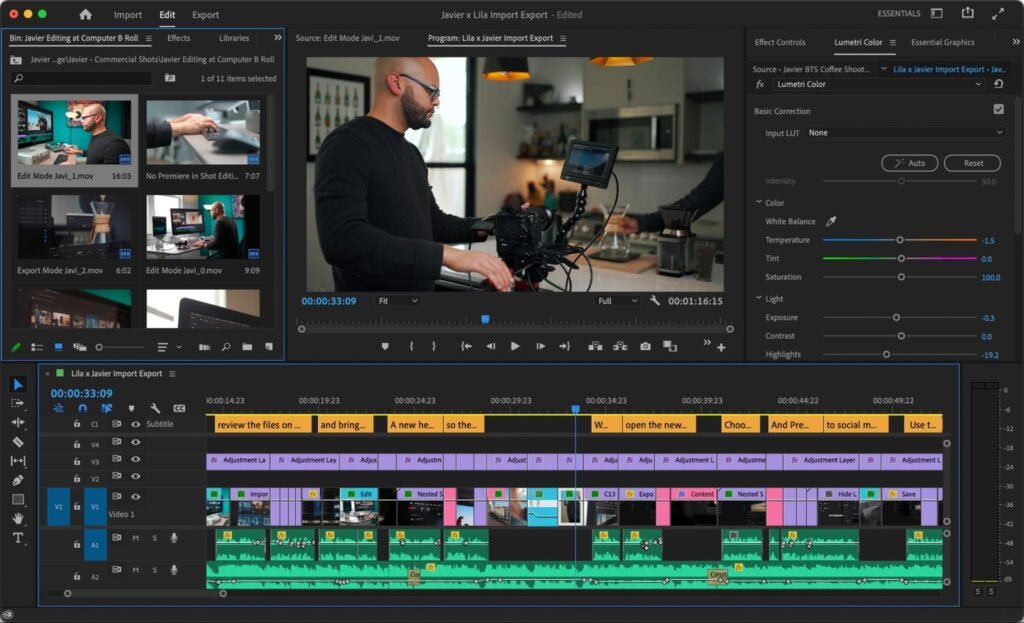
Editing is where raw footage transforms into a compelling narrative. With software like Adobe Premiere Pro or Final Cut Pro X, even first-time editors can achieve visually striking results. Start by organizing your shots chronologically, then experiment with:
- Story Arcs: Structure your film with a clear beginning (anticipation), middle (ceremony and celebrations), and end (farewell or closing moments).
- Montages: Use quick cuts of laughter, glances, and details—like close-ups of hands or décor—to evoke emotion.
- Color Grading: Apply subtle filters for warmth or contrast that matches the mood and aesthetic of your day.
One couple we worked with wanted their vows to feel as intimate on screen as they did in person. By gently intercutting close-ups of teary eyes with sweeping wide shots of their venue, their edit became both grand and deeply personal.
2. Utilizing Drone Footage in Weddings
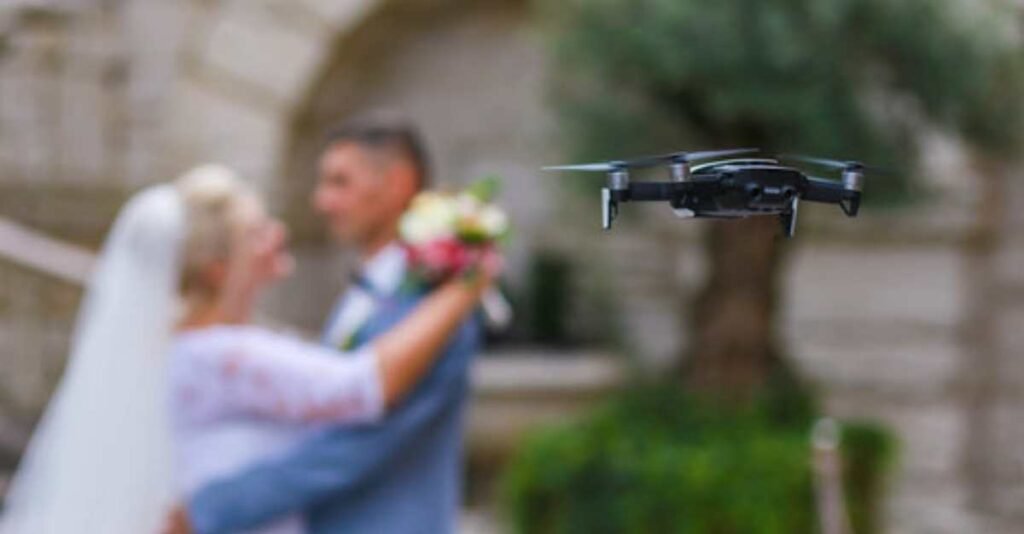
Aerial shots add grandeur and perspective, turning any venue into a cinematic landscape. Drones reveal the scale of your gathering or capture sweeping scenes as you walk hand-in-hand under open skies.
When incorporating drone wedding footage:
- Check Local Regulations: Always verify local drone laws and obtain necessary permissions—especially at heritage sites or urban venues.
- Time Your Shots: Golden hour (just after sunrise or before sunset) provides soft lighting that flatters both people and places.
- Match Visual Style: Maintain consistency by color grading drone clips to blend seamlessly with ground-level footage, ensuring the film flows cohesively.
3. Ensuring Emotional Resonance in Videos
Cinematic wedding films thrive on authentic emotion. Deliberate choices during editing amplify these moments, drawing viewers into your story:
- Music Selection: Choose tracks that reflect the essence of your relationship—uplifting instrumentals for joyful scenes, gentle melodies for intimate exchanges.
- Pacing: Let key moments breathe; slow-motion sequences can heighten the significance of a first look or a heartfelt speech.
- Capture Candid Interactions: Focus on unscripted moments—a parent’s proud smile, friends’ laughter, quiet embraces between newlyweds.
“The most memorable edits are those where viewers feel every heartbeat,” we often say at Salt and Pepper Studio. “Let authenticity guide every creative decision.”
Intention at every step—from editing style to soundtrack—ensures your cinematic wedding film resonates deeply with everyone who watches it.
Choosing The Right Cinematic Wedding Videographer For You
Selecting the perfect cinematic wedding videographer involves more than just browsing portfolios. It’s about ensuring that their vision aligns with yours and that they have the expertise to bring your dream wedding film to life. Here are some key factors to consider:
1. Style Preference Compatibility
Every videographer has a unique style, whether it’s documentary, cinematic, or traditional. Review their previous work to ensure their style matches what you envision for your wedding film.
2. Experience Level
Look for a videographer who specializes in cinematic wedding films and has experience in this niche. An experienced professional will be adept at capturing the essence of your love story with finesse and creativity.
3. Equipment Quality
High-quality gear is essential for producing stunning visuals and crisp audio. Ensure your chosen videographer invests in top-tier equipment like 4K cameras, drones, and professional lighting setups.
4. Portfolio Diversity
A diverse portfolio showcases a videographer’s ability to adapt to various settings and themes. Whether it’s a luxury wedding in Bangalore or an intimate destination ceremony, they should demonstrate versatility.
5. Client Testimonials
Feedback from past clients can provide insight into a videographer’s professionalism, reliability, and ability to deliver on promises. Positive reviews are a good indicator of their reputation in the industry.
By focusing on these factors, you’ll be better equipped to choose a cinematic wedding videographer who can transform your big day into a timeless story.
Conclusion: Investing in Cinematic Storytelling Legacy
Choosing to document your wedding with a cinematic wedding film is about so much more than capturing the events of a single day. It’s about weaving together timeless memories through cinematography, preserving the laughter, fleeting glances, and heartfelt vows in a way that becomes part of your family’s legacy.
Professional filmmakers bring:
- Expertise in Cinematic Storytelling: They craft a narrative unique to you, transforming real moments into a visual poem.
- Artistic Vision and Technical Mastery: Advanced cameras, drones, sound design, and editing skills ensure every frame is as beautiful as it felt.
- Emotional Resonance: Professionals know how to anticipate the unrepeatable—those tiny gestures and tears that make your story yours.
In our studio at Salt and Pepper, we believe every couple deserves more than just documentation. We’re passionate about helping you relive the magic through a film that feels like your love story on the silver screen.
Your wedding day happens once, but with the right cinematic team, its memory will echo for generations.
Let’s begin crafting your cinematic storytelling legacy. Reach out today—let’s talk about how we can transform your big day into a work of art.
FAQs (Frequently Asked Questions)
What are cinematic wedding films and how do they differ from traditional wedding videography?
Cinematic wedding films are narrative-driven videos that use advanced filmmaking techniques to tell the couple’s love story with artistic visuals, emotional engagement, and a well-crafted story arc. Unlike traditional wedding videography that may focus on straightforward documentation, cinematic films emphasize storytelling, stunning cinematography, and authentic moments to create a timeless and emotionally resonant viewing experience.
What is the creative process behind making a cinematic wedding film?
The creation of a cinematic wedding film involves several stages including pre-production planning, capturing footage using movie-style storytelling techniques, and post-production editing. Videographers apply narrative structures similar to those in films, utilize creative framing, strategic camera movements, natural lighting manipulation, and sound design to craft a compelling and visually stunning wedding video.
Why should couples choose cinematic wedding films for their big day?
Couples benefit from cinematic wedding films because they offer timelessness, creativity, and personalization. These films authentically capture the essence of the couple’s love story while showcasing the beauty of their venue and decor. The visual aesthetics elevate the video beyond simple documentation into an artistic keepsake that can be cherished for generations.
What filming techniques are used by professional cinematic wedding videographers?
Professional cinematographers employ techniques such as multiple camera angles to add depth and dimension, creative framing to enhance visual storytelling, strategic camera movements to maintain viewer engagement, natural lighting manipulation for mood setting, and meticulous sound design during post-production to ensure high audio quality and emotional impact.
How can couples create their own cinematic-style wedding videos?
Couples interested in DIY cinematic edits can use software tools like Adobe Premiere Pro or Final Cut Pro X. Important tips include incorporating drone footage carefully while considering safety regulations and shot consistency, selecting music tracks that evoke genuine emotions, pacing edits thoughtfully to maintain narrative flow, and capturing intimate moments that highlight emotional resonance.
What should couples consider when choosing the right cinematic wedding videographer?
When selecting a cinematic wedding videographer, couples should evaluate style preference compatibility to ensure their vision aligns with the videographer’s work. Experience within this niche market is crucial—choosing someone who has produced similar types of weddings ensures expertise. Additionally, investment in high-end equipment contributes significantly to achieving the signature cinematic look and feel desired.


